Mitsubishi Pajero Fuellin' around - Our Shed
 Hopefully, after fixing the entire fuel system, it’s the end of the day for my Pajero’s petrol plumbing problems
Hopefully, after fixing the entire fuel system, it’s the end of the day for my Pajero’s petrol plumbing problems



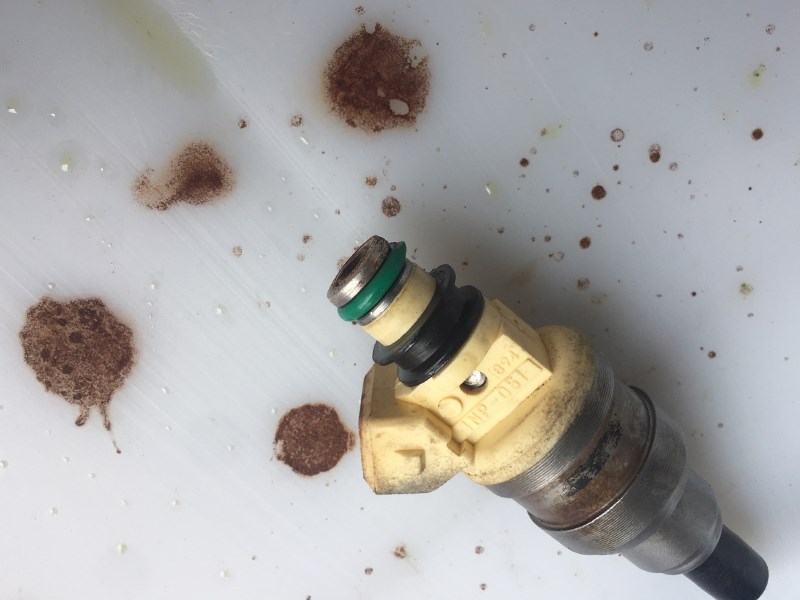

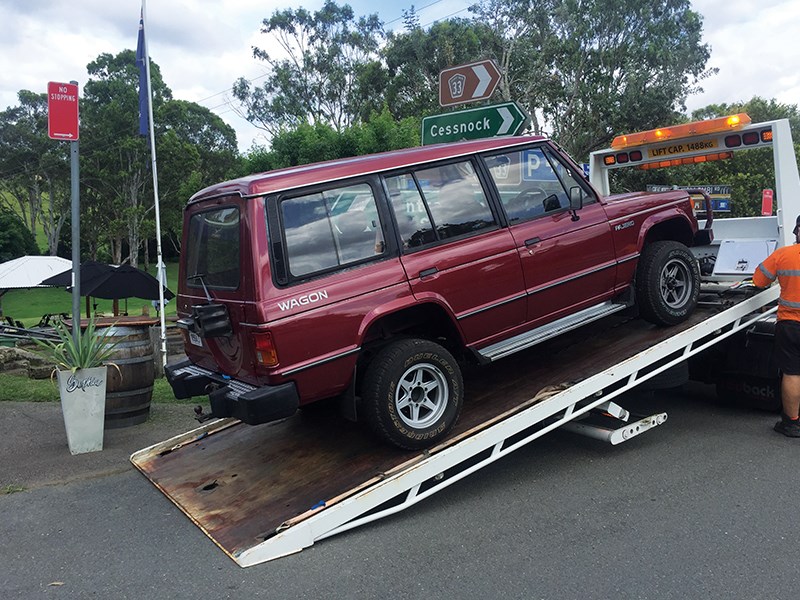




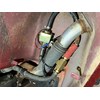


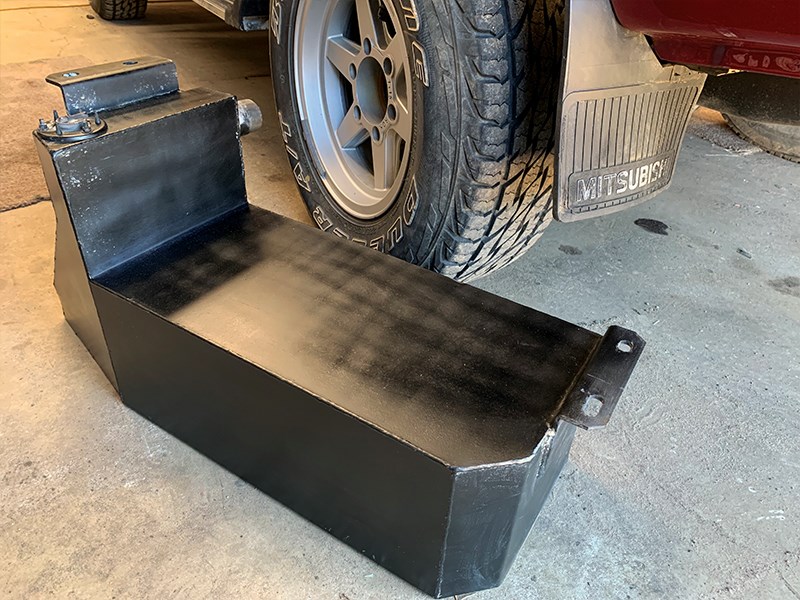

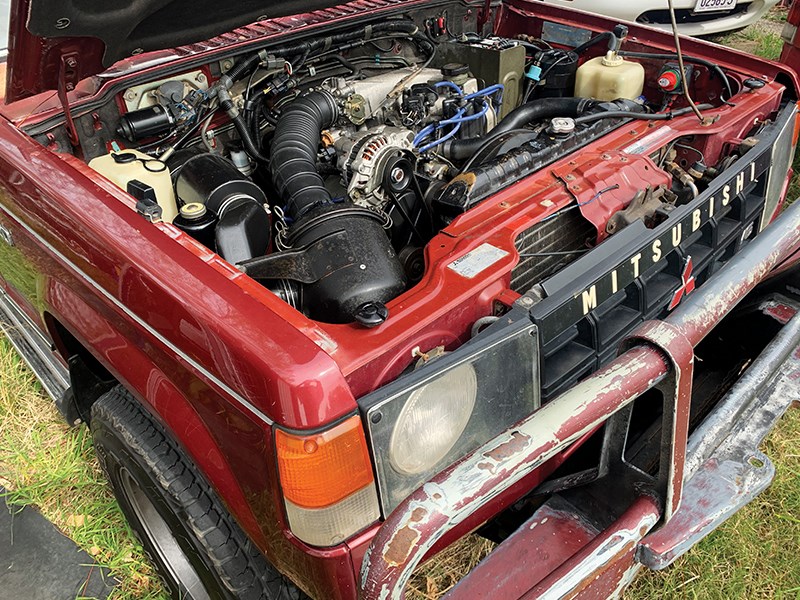


|
|
Hopefully, after fixing the entire fuel system, it’s the end of the day for my Pajero’s petrol plumbing problems
|

|

|

|

|

|

|

|

|
More fuel drama - and more fuel capacity - for Glenn Torrens' retro 4x4
Remember how happy I was with my 1989 Mitsubishi Pajero 4WD retro-rig a few issues ago? A 3.0-litre V6 model bought with a poor-running engine, a few resurrection tasks – such as draining the stale fuel, fitting a new fuel pump, fuel pressure regulator and spark plugs, attending to some suspect fuel injection wiring and having the injectors serviced - got the grumpy old wagon running right.
Or so I thought...

I shook-out gritty rusty rubbish from my injectors several times; it seems this stuff was flaking from inside the fuel lines forward of the filter. Frustrating
Within about 500km – in fact, before I’d used my first full tank of fresh fuel and, embarrassingly, while I was on a work- related photoshoot – my Pajero began running wrong. It gradually lost power, became slower and then the engine began to stutter and cough...
And then the engine stopped.

This is definitely not my favourite way of cruising. Blocked injectors stalled my engine 65km from home
I was 65km from home but thankfully Shannons Roadside Assist delivered my poorly Pajero to my driveway so I could investigate the problem.
I found the cause to be muck in the fuel delivery pipe. Before I bought it, my Pajero had sat around doing nothing for several years and – I guess – the inside of the steel fuel pipe to the engine bay had corroded, causing small chunks of rust to be swept to the fuel rail and injectors.

I used a solution of restaurant-grade oven cleaner to clean this rusty chunky crap from my fuel pipes. Yuk!
Maybe the Pajero’s age (from the 1980s) means the fuel system was not
designed to be compatible with ethanol-blended fuels such as today’s E10/94 octane stuff that many people use.
And before anyone suggests the obvious of renewing the fuel filter; yes, of course I replaced it! The muck seems to be coming from the fuel pipe forward of the filter.

GT is very familiar with this end of the Pajero
I’ve since flushed/cleaned the fuel pipes as best I can – twice – and tapped-out my reconditioned injectors’ tiny tip-mounted filter-like baskets several times – and had those baskets replaced again – and will be using only ethanol-free fuel as much as possible in future.
Hopefully, that will be the end of my problems. I’ve become very good at the DIY task of removing and reinstalling the Mitsubishi V6’s intake manifold and fuel injectors!

This inexpensive electric pump is intended for carburettor cars but it’s an ideal transfer pump, too. Simply plugging-in to a 12V socket in the cargo area makes it go
Speaking of fuel, I stumbled upon a cheap (just $25!) auxiliary/long-range tank for sale in Canberra. For less than the price of a good pub feed, I couldn’t resist having extra petrol capacity for towing and touring.
I contacted a Canberra-based car-freak mate, Jim, who agreed to grab it for me. Later, during a quick trip past our national capital, I had a
coffee with Jim and collected the tank.

Another simple fix and improvement to the big Mitsubishi
Fitting the extra tank involved relocating one handbrake cable bracket and drilling four bolt holes in the floor (this extra tank is bolted to the body, not the chassis) and organising a filler.
As bought, the second-hand tank has a fuel gauge sender unit and (I suppose) had an internal electric fuel pump module; I’ve disregarded the fuel gauge sender, blanked-off the original pump module hole with a steel plate and installed a manually switched external electric pump to transfer fuel by simply spilling it into the main tank via a T-piece cut into its breather pipe.
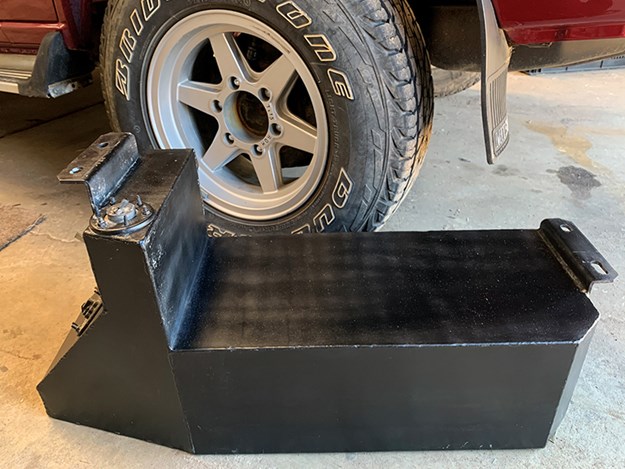
This bargain-buy second/auxiliary tank provides an extra 40L of juice for touring. A fabricated fuel pick-up pipe and a cheap electric pump tops-up the main tank
After test-fitting the tank and sorting the filler pipe and transfer pump, I gave everything a quick lick of satin-black paint before installing it.

GT’s ‘big tank’ Pajero
Voila! An extra 40 litres of petrol, for touring and towing, carried easily and safely.
From Unique Cars #482. Nov/Dec 2022
Unique Cars magazine Value Guides
Sell your car for free right here
Get your monthly fix of news, reviews and stories on the greatest cars and minds in the automotive world.
Subscribe

.jpg)







.jpeg)


